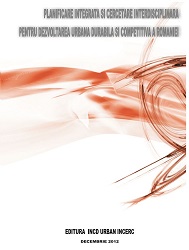
We kindly inform you that, as long as the subject affiliation of our 300.000+ articles is in progress, you might get unsufficient or no results on your third level or second level search. In this case, please broaden your search criteria.

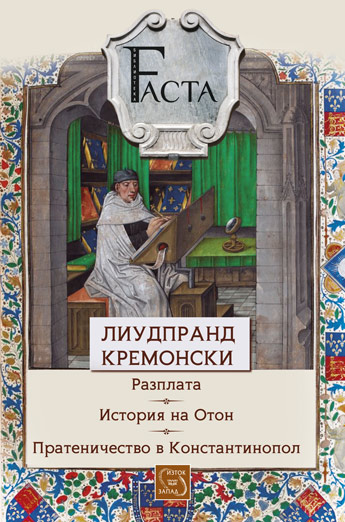
This modern translation of all the surviving literary compositions ascribed to Liudprand, the bishop of Cremona from 962 to 972, offers unrivaled insight into society and culture in western Europe during the "iron century". Since Liudprand enjoyed the favor of the Saxon Roman emperor Otto the Great, and traveled to Constantinople more than once on official business, his narratives also reveal European attitudes toward the Byzantine Empire and the culture of its refined capital city. No other tenth-century writer had such privileged access to the high spheres of power, or such acerbic wit and willingness to articulate critiques of the doings of powerful people. Liudprand's historical texts (the Antapodosis on European events in the first half of the 900s, and his Historia Ottonison the rise to power of Otto the Great) provide a unique view of the recent past against a genuinely European backdrop, unusual in a time of localized cultural horizons. Liudprand's famous satirical description of his misadventures as Ottonian legate at the Byzantine court in 968 is a vital source of information on Byzantine ritual and diplomatic process, as well as a classic of medieval intercultural encounter. Readers interested in medieval European culture, the history of diplomacy, Italian and German medieval history, and the history of Byzantium will find this collection of translated texts rewarding. A full introduction and extensive notes help readers to place Liudprand's writings in context.
More...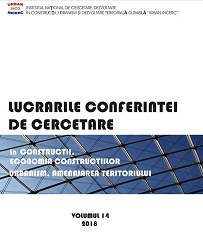
Inside the New Europe, proposed to reorganize based on cosmic principles instead of some arbitrary decisions, it’s possible to create five administrative-territorial unities, with grouping of the existent national states, -enclaves and –exclaves, of which functioning follows a damped harmonic oscillator model, taking part in the forming Eurasian Continental Unity. The Carpathian Chain being the terrestrial projection of the Constellation Draco/Dragon, with the included Ecliptic Centre represented by the Rosia Poieni Peak in the West-Carpathians, results of course the forming around it the Central-East European Territory, bordered by the Baltic Sea to the North, the Mediterranean Sea to the South, the Black Sea and the rivers Nistru-Bug to the East, and by the limits of the Central-West European Territory (former German-Roman Empire) to the West, with which together are forming the New Central Europe, surrounded by the West-, North- and East-European Territories, each of them with Northern- and Southern parts. Thus, the Central-East European Territory, called DRAKYA according to the Constellation, is separated by the river Danube-Drava in North-Drakya=DAKYA and South-Drakya=TRAKYA. DAKYA is relatively simple to realize, extending the V4 Association of Czech-land, Poland, Slovakia and Hungary with ROMANIA and MOLDOVA, respectively including the intercalated small teritories, but TRAKYA is more difficult to border inside the Mediterranean Sea. The coordinating centre of DAKYA results of course by cosmic criteria, through realizing of the new spatial town ROSIA POIENI, with residential and agreement zones on the surface, and with production and communal services in the depth, including a transatomic work too. A similar coordinating centre is possible to realize in TRAKYA at the Olympos Mountain, which is the projection of the Thuban, first star of the Constellation. In this conception, the functioning of the whole system is proposed with a periodicity of 5 years, started in 2020 with DRAKYA and TRAKYA, and from 2030 following with our western neighbours, and in order the West-, North- and East-European territorial ones, so in the next 100 years will be functioning the complete system with its mechanism based on equality, equilibrium and harmony, making certain the long-term evolution, after 2120 in cicles of 30 years. This transition from the „bulk” or atomized Europe to the proposed new structure, coincides with a transition process to a higher level of our consciousness, through a cosmic thought in general, inclusive in our renewed architectural and urbanistic thinking. In Europe’s restructuring based on cosmic principles, after their outside positions, ROMANIA and MOLDOVA will have a central position and coordinating role, with the possibility to catch up – or exceed – the more advanced European countries, restructuring their slender infrastructure and settlement network, as a result of their better situation in the domain of resources. In the realizing process of this grandious programme, a prime role will have the institution INCD-URBAN-INCERC, with its complex profile, able to coordinate on long term
More...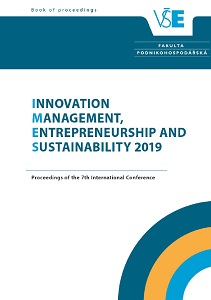
The 7th International Conference Innovation Management, Entrepreneurship and Sustainability (IMES 2019) took place on May 30 – 31, 2019 at the University of Economics, Prague. The conference was organised by the Department of Entrepreneurship of the University of Economics, Prague, Czech Republic in cooperation with other partners.Sound keynote speakers – Martina Musteen (San Diego State University, USA), Ilan Alon (University of Agder, Norway), Andrew Burke (Trinity Business School, Ireland), Arnim Wiek (Arizona State University, USA), Søren Salomo (Technical University Berlin, Germany) and Roy Thurik (Erasmus University Rotterdam, Netherlands) discussed the trends in the fields of innovation management, entrepreneurship and sustainability. The conference aimed to achieve academic excellence in a regional context and to establish a platform for mutual collaboration, exchange and dissemination of ideas among researchers and professionals.These conference proceedings contain contributions of the conference participants presented during both days of the conference. Authors of papers come from 22 countries all over the world, namely from Belgium, Bosnia and Herzegovina, Brazil, Bulgaria, Colombia, Croatia, Czech Republic, Finland, France, Germany, Hungary, India, Mexico, Paraguay, Poland, Portugal, Russian Federation, Slovakia, Sweden, Switzerland, USA and Vietnam. All these contributions have successfully passed the doubleblind peer-review process.
More...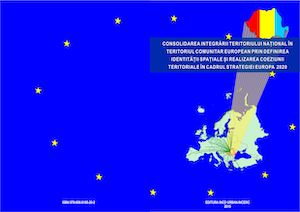
The chapter presents several ecological and geographical considerations on and geospatial analyses of the eco-energy potential of Romania.
More...
The chapter presents an analysis of theRomanian social house in an European context.
More...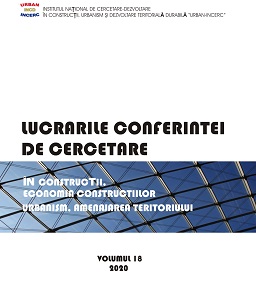
The fundamental goal in approaching multimodality in transport is to integrate all modes of transport in an optimal, sustainable and ethical system. The implementation of intermodal services in the field of tourism will contribute to the increase of travel options, as well as to the provision of comfortable services, while increasing the efficiency of the transport system as a whole. The objective of the research is to identify and evaluate efficient IT solutions for calculating travel times in the integrated combined transport system of national road and rail infrastructure and the forecast demand in the field of public transport of people to tourist destinations. The proposed methodologies for defining IT solutions are based on the use of Geographic Information Systems, both in vector format corroborated with data on general transit specifications (GTFS) and in raster format by creating a continuous cost surface model, using all transport nodes.
More...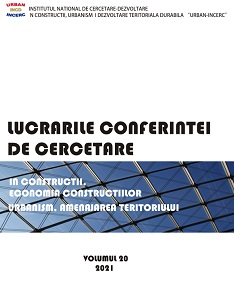
The aim of the research is to identify how the participation of local communities influences the planning process of green infrastructure both at urban and regional level. For that, the existing connections between concepts such as participation, civil society, participatory planning/co-participation - on one side - and the urban planning process / the planning of urban green space and green infrastructures - on the other side - were researched. The actors of participatory urban planning were identified, especially the groups of local actors, involved in green infrastructure planning, as well as the new type of citizen participation through forms of collective action and protests aimed at city development and its local environmental issues. The types of approaches and barriers that occur in participatory planning, and how the community can get involved in the design and planning of ecological networks were presented. The channels through which the inhabitants of the city can get involved in urban design in general and in the case of urban green infrastructure, in particular, with the help of new technologies and online applications, such as VGI, were also researched. One of the conclusions is that participatory planning can improve the quality of urban planning through different approaches. However, regarding the involvement of the community and various social groups in the planning of green infrastructure, the results show, surprisingly, that it is recommended that designers consider the participation of certain stakeholders and a strategy for their participation. Another conclusion is that the involvement of citizens in the planning of urban projects is facilitated by new technologies and online applications and that data from social media give citizens the opportunity to get more involved to protect the environment in which they live and therefore these data can thus be used in a transparent and democratic participatory process.
More...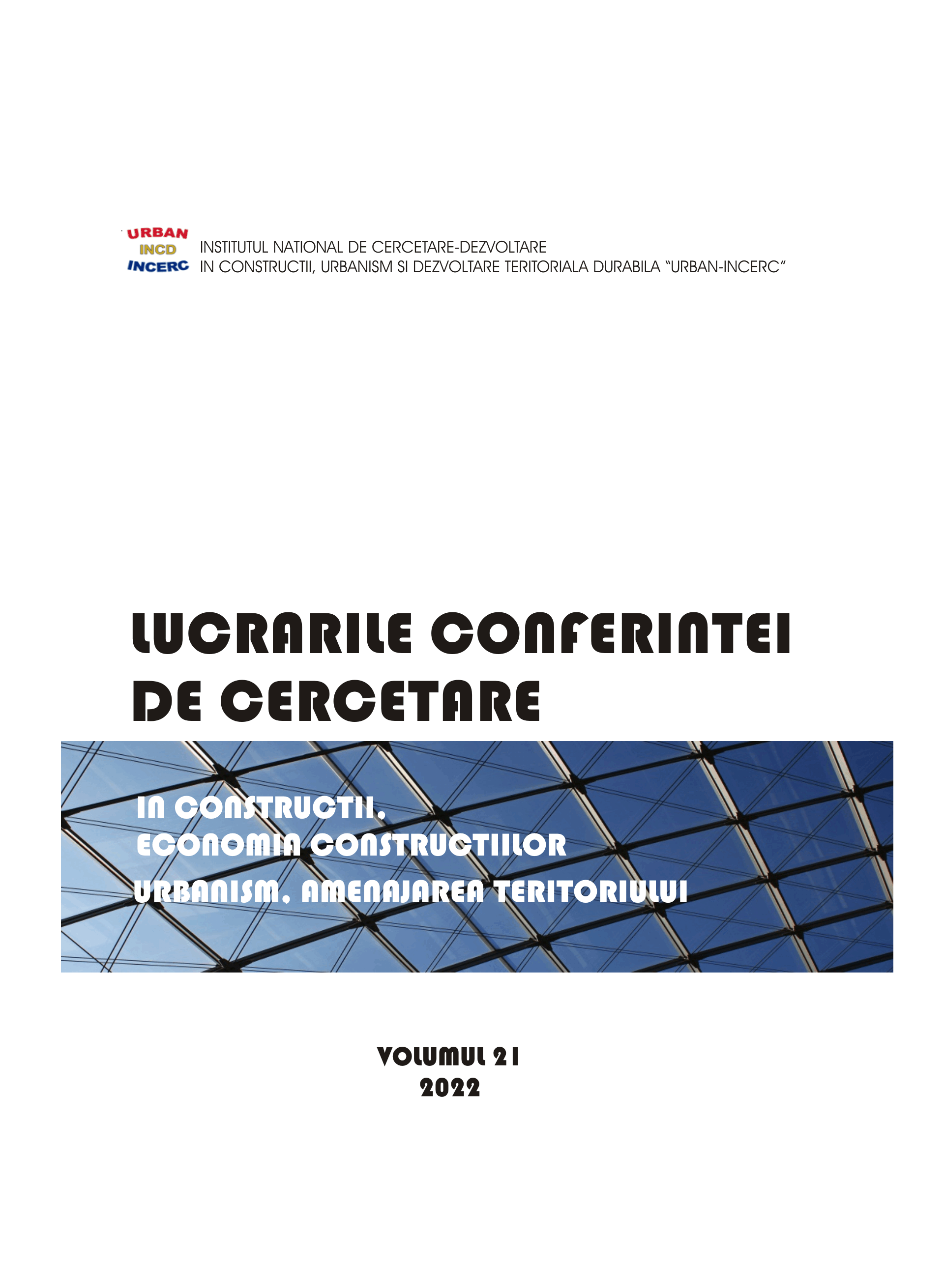
Development regulations are organizational tools and basis for shaping the character of current cities and the form of its development. The efficiency of these regulations, their inclusiveness and flexibility, in addition to their ability to adapt to the needs of the present and future, directly affects the shape and quality of the built environment. The paper discusses conventional development regulations used today, from a critical point of view, and presents form-based codes as an alternative to the former, conducting a comparative study between both types of regulations. Finally, the research recommends taking advantage of form-based codes in creating meaningful places and not just buildings.
More...
Based on the proGIreg case study, the potential use of neighbourhood-based nature-based solutions for urban regeneration is presented. The classification of the specific solutions of the project (compared to other classifications) will be presented, together with the critical conclusions on why NBS are relevant for the emerging new concept/approach of Biophilic Urbanism. One of the results of the applied research project is the Replication Toolkit - which aims to facilitate the implementation of Nature-based solutions for other cities. The Replication Toolkit contains a set of recommendations for the strategic component of urban regeneration of post-industrial neighbour-hoods, but also for the operational component of concrete implementation of solutions.
More...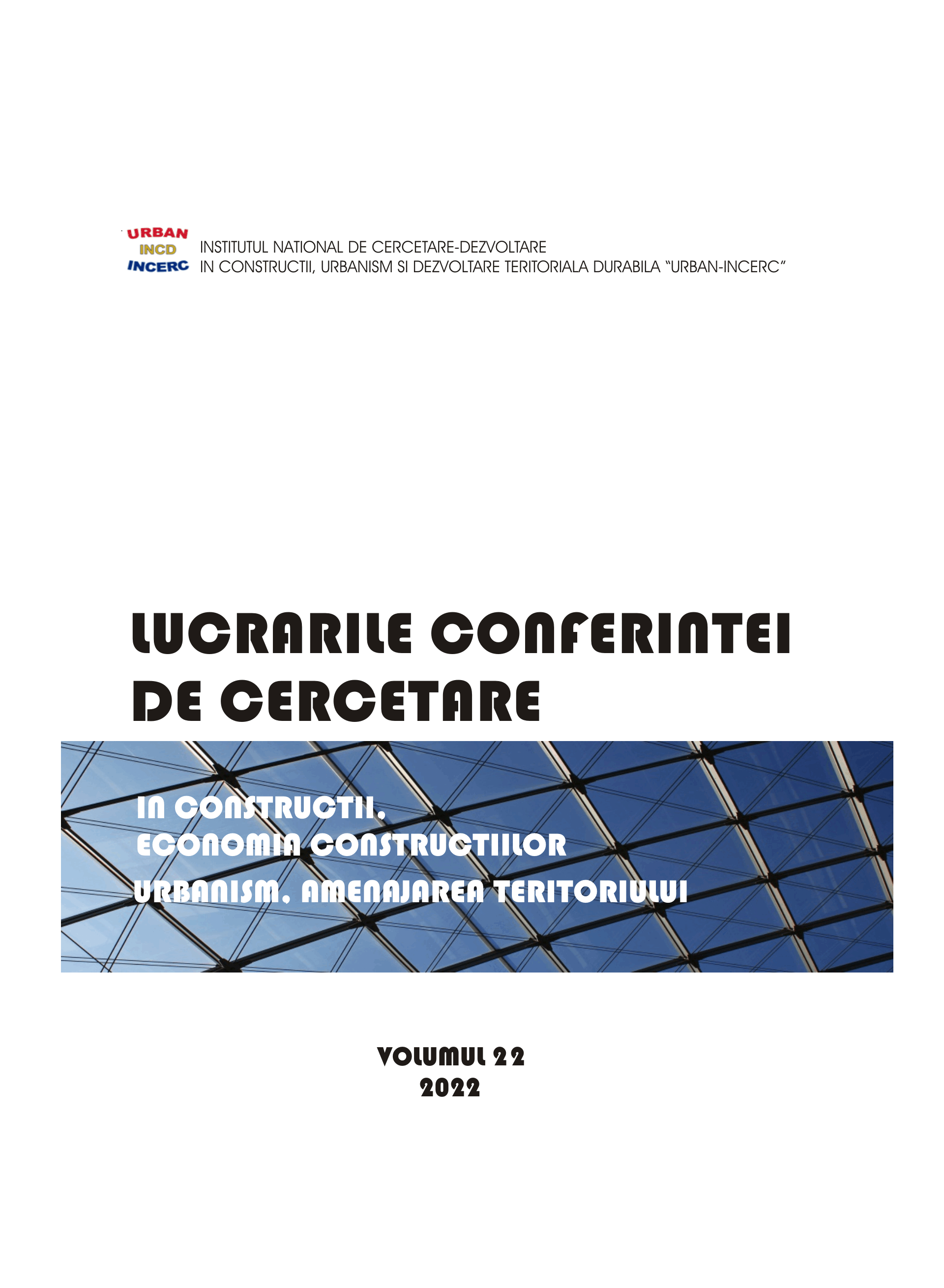
The research provides an overview of the stages taken for the development process in a hierarchical manner, in the city of Lattakia, Syria. It mentions the stage number, name, tasks, the party responsible, and tools. Research will also review the laws and regulations related to planning, organization and development in Syria in general and the city of Lattakia in particular, following the descriptive approach. Then the research will evaluate the efficiency of the development mechanism and the laws and regulations, using the descriptive analytical approach, then will come up with several recommendations, which will raise the efficiency of the development mechanism, also laws and regulations in the urban field.
More...
Cula is a semi-fortified construction, characteristic of the 18th-19th century. Such construction can also be found in other countries, such as Serbia, Bulgaria, Albania, Greece, and Northern Macedonia. In Romania, there are several dozen calls, with different levels of conservation. Until now, these constructions have not been exploited for tourism, most being left to decay. Establishing cultural routes that include them could represent a solution to save these constructions.
More...
The integration of nature in urban cities is part of ancient planning. Its role was limited to relaxation, leisure and health, but this concept has evolved rapidly in recent years with the emergence of ecosystem services in the light of a green infrastructure approach. Researchers have become increasingly interested in this concept recently with the aim of improving the quality of life of inhabitants in particular by identifying ecosystems that provide economic, social, and environmental services in order to ensure the sustainability of the city. Our research goal is to know these services in order to meet the challenges of sustainable urban development.
More...
The concept of smart growth appeared in the mid-1990s in the United States of America. The notion of a smart city emerged later, referring to how a city can favor the use of information technology. In Romania, the number of smart growth initiatives has continuously increased in recent years. Currently, there are such projects in both large and small cities. This research aims to analyze the implementation stage of smart growth initiatives in three Danube cities: Galati, Brăila and Tulcea.
More...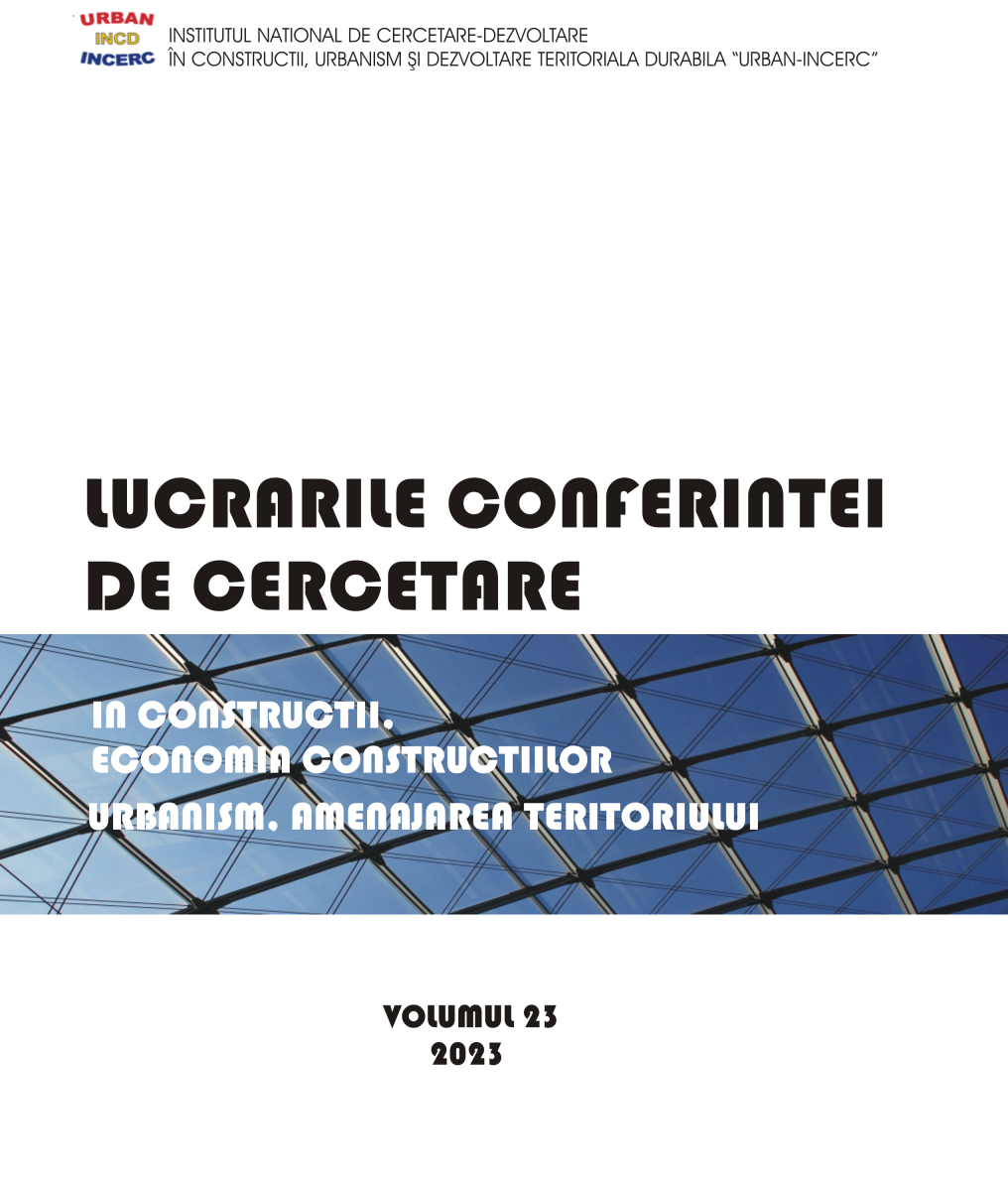
The Covid-19 pandemic has had a profound impact on cities around the world, transforming the way urban dwellers live, work, and interact with each other. As a result, the pandemic has also affected the identities of cities, or how urban areas are perceived by their residents and visitors. In this paper, we will explore the effects of the Covid-19 pandemic on urban identity, looking at how the pandemic has changed the way people relate to cities and how cities have adapted to the pandemic.
More...
Many Algerian cities, including Biskra, suffer from natural problems, especially those caused by heavy rainfalls due to climate change, which reaches its maximum for a long period, and causes severe damage in terms of human and material losses. This paper draws attention on how to deal with the adverse effects of rapid and sudden floods due to runoff in the city of Biskra by studying the green infrastructure as means that rely on preserving the hydrological cycle of water in the safe and effective stormwater management of urban areas and prove that there are opportunities for the application of green infrastructure solutions not only to solve social and economic problems, but also environmental ones. Stormwater management and flood control are among the solutions provided to avoid the negative effects of urban floods, especially in areas with fragile infrastructure.
More...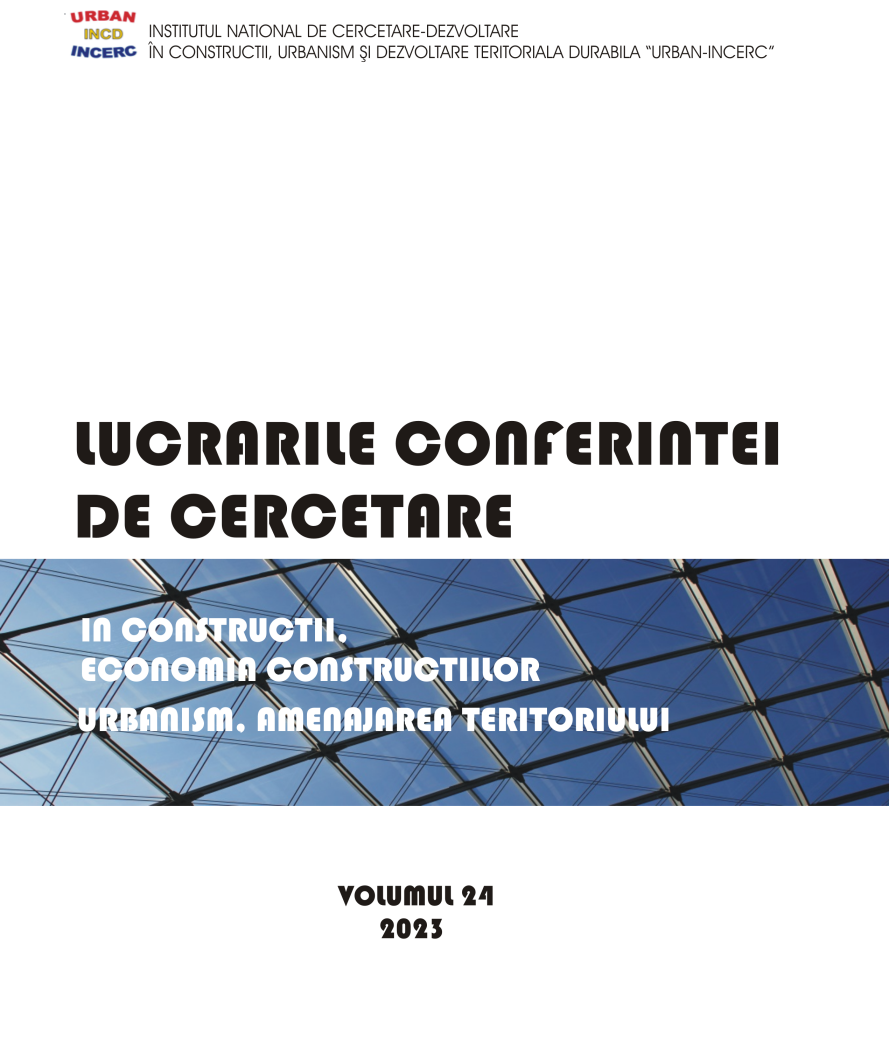
Homs City was heavily damaged during the Syrian War, and thousands of people were killed. However, the people of Homs City have shown remarkable resilience in rebuilding their city. In recent years, Homs City has begun to recover, and many people are returning to their homes.
More...
This paper offers an in-depth exploration of the captivating history and development of Landon garden, shining a light on the relentless efforts to preserve biodiversity within its boundaries. It also highlights the pivotal role that Landon Garden plays in enhancing the overall well-being of the local population. By closely examining the intricate relationship between nature and society, the paper aims to elucidate how a green space can evolve into an essential cornerstone of urban life. It serves as both a sanctuary for biodiversity and a source of tangible benefits for the surrounding community. With this perspective firmly in view, we embark on a comprehensive journey, delving into the multifaceted aspects of the history and significance of Landon garden in Biskra. It becomes evident that this green oasis not only captures the passage of time but also embodies sustainable advantages that it continuously bestows upon the local residents.
More...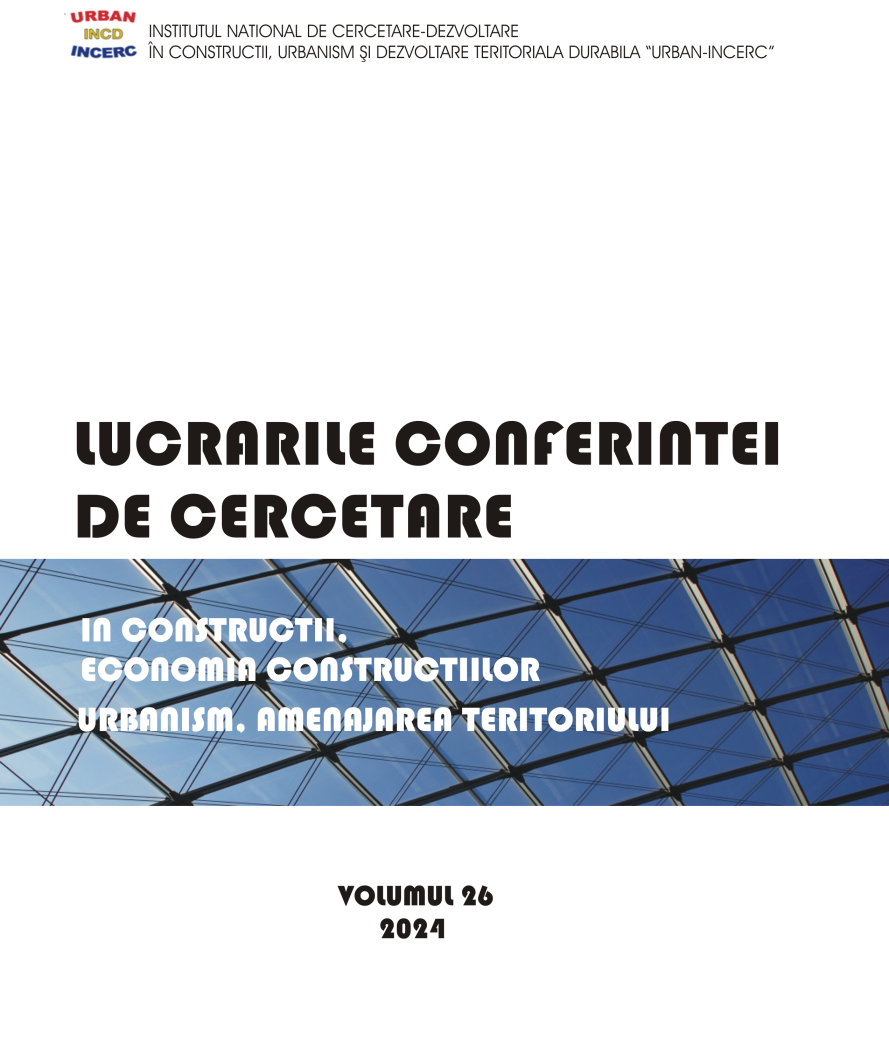
Biodiversity loss needs urgent, deep measures and solutions towards sustainability on the scale of the entire society, allowing political, social, economic and technological changes. These solutions involves difficult choices of decision factors in accordance with a new paradigm of governance. It is the role of spatial planning and environment policies to take into account the change in the governance of biodiversity through multiple, simultaneous forms of governance that ensure solutions with a sustainable impact, which are understood and in the interest of all residents. The aim of this research is to assess new findings in the governance of green infrastructure, on the basis of scientific literature of the last years. The analysis focused on the solutions and requirements to transform the present environmental governance so as to stop biodiversity loss and to find key actors necessary in the urban future. The results show that so far, biodiversity governance at local level has had limited effectiveness. New, specific types of urban governance addressing green infrastructure operate more and more often, such as the governance of nature-based solutions. The key actors and mechanisms associated with financing urban green infrastructure are local authorities, citizens and investors, and the financing mechanisms depend on the type and size of the green infrastructure that will be planned.
More...
The study explores the strategic integration of green-blue infrastructure (GBI) in the Râmnicu Vâlcea Metropolitan Area (MA-VL), Romania. The research addresses environmental, mobility, and quality-of-life concerns while examining local urban strategies and their approach to GBI implementation, identifying gaps and opportunities for sustainable development. Despite different levels of engagement with GBI concepts, most local plans incorporate elements like green spaces, water management, and sustainable transport. The study proposes a unified GBI framework for the area, emphasising stakeholder engagement, pilot projects, and community involvement to enhance environmental resilience and quality of life.
More...